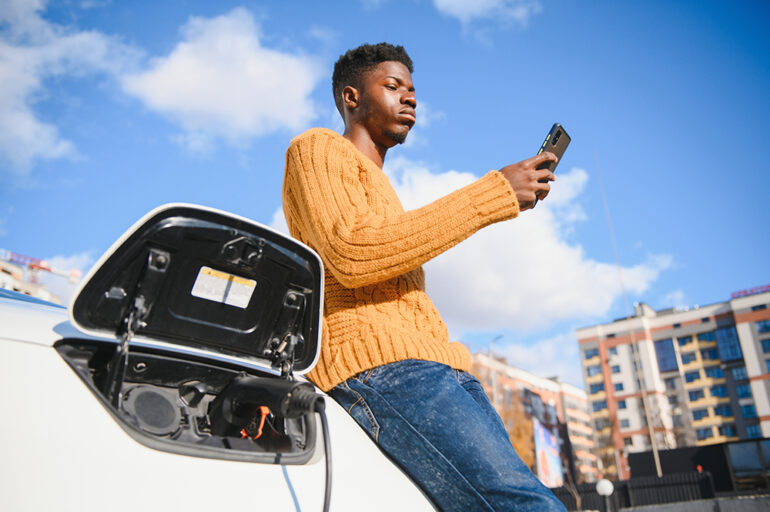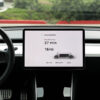Charging an EV can take minutes, hours, or days, depending on the type of charger you use. At a level 3 public charging station, it can take less than 30 minutes to fill up an electric car. Using a level 2 charger, you should expect to wait 6-14 hours, while level 1 chargers can take 1-4 days or longer.
Level 1 vs Level 2 vs Level 3 Charging Speed
Before you can understand how long it will take to charge an EV, it’s important to know the difference between level 1, level 2, and level 3 chargers:
- Level 1 charging cables allow you to plug your electric car into a standard wall outlet. While this is the cheapest and easiest solution, the charging times are so long that it’s impractical to use as a primary charger unless you never plan to go over 30-40 miles a day.
- Level 2 chargers can be found in businesses, offices, parking lots, and residential homes. With a wall-mounted EV charger in your garage, it’s easy to fill up your batteries overnight when electricity prices are lower. However, the installation can be expensive, and it requires an electrician, permits, and more.
- Level 3 charging stations are only found in public because they use direct current (DC) instead of alternating current (AC). This means they are able to deliver power directly to your battery, but the electricity prices will be more expensive than a level 1 or level 2 charger.
Read More: How much does it cost to charge an EV?
To estimate how long it will take to charge any electric car, all you need to know is the charger’s power output and your car’s battery capacity.
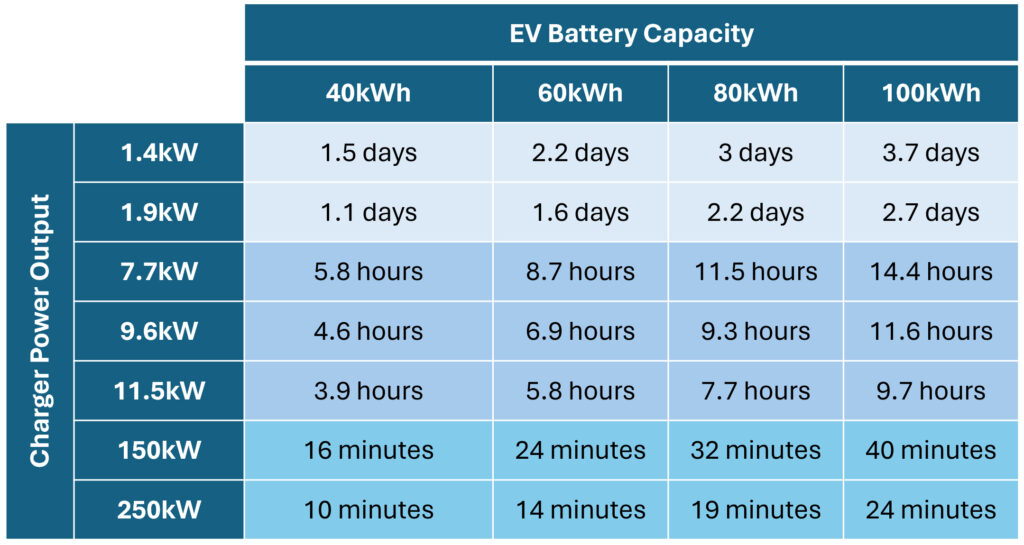
How Much Power Can Your EV Charger Deliver?
The power output of an EV charger is measured in kilowatts (kW). The more power your charger can deliver, the faster it can charge an electric vehicle. Level 3 public chargers can deliver 50-350kw of power. Level 2 chargers can range from 2.9-19.2kw, while level 1 chargers only support 1.3-2.4kw.
Since all level 1 chargers carry 120 volts and level 2 chargers always carry 240 volts, you might also see the power rating of an EV charger listed in “amps” (or amperes). To calculate the kilowatts can deliver, all you need to do is multiply the charger’s volts by its amps.

For example, if you plug your electric car into a 120 V (volt) outlet that carries 12 amps, it will have a power output of 1,440 watts (or 1.44 kilowatts).
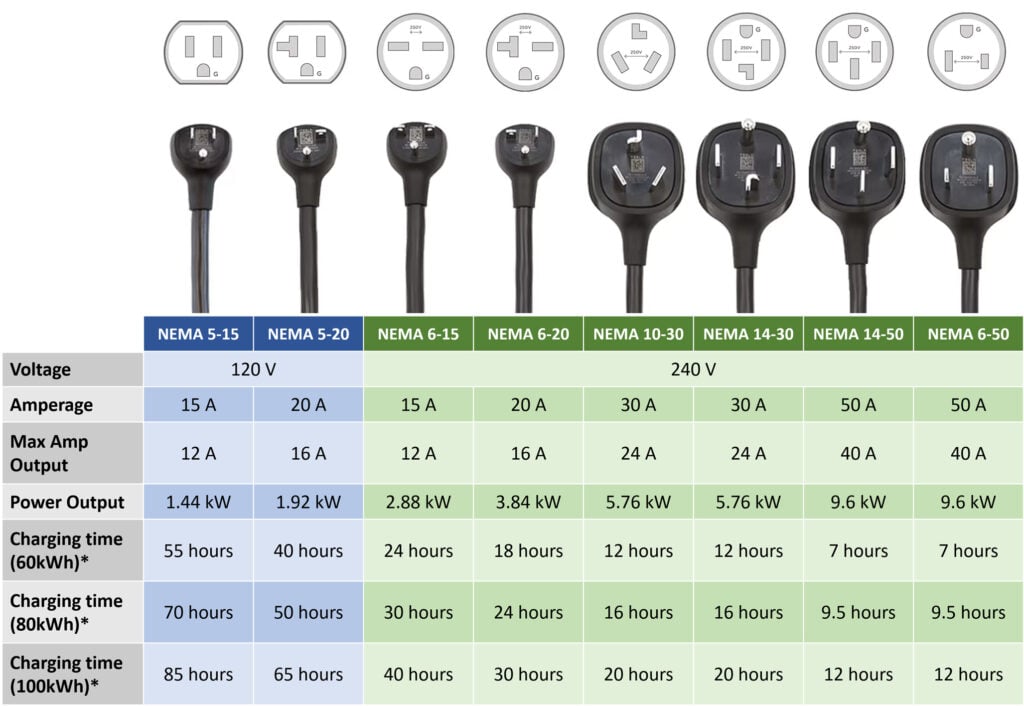
What Is Your EV Battery Capacity?
The battery capacity of an EV is measured in kilowatt-hours (kWh), and smaller cars usually have 40-60kwh batteries while larger EVs have 80-100kwh or more. The larger your battery is, the longer it will take to charge, but some electric cars are more efficient than others, so battery size alone won’t tell you everything.
To estimate how long it will take to charge any electric car, all you have to do is divide the battery capacity (measured in kilowatt-hours) by the power output of your charger (measured in kilowatts). This will tell you approximately how long it will take to charge your battery (measured in hours).

For example, if your electric car has a 100kwh battery, and your charger is delivering 11.5kw of power, it will take around 8.7 hours to fully charge your electric car.
However, this will only tell you how long it will take to charge an EV under optimal conditions. If it’s cold outside or there’s high energy demand in your area, it could take longer. You also have to account for how much power your EV can receive, how much electricity is lost during charging, and other factors.
How Much Power Can Your Electric Car Receive?
The time it takes to charge an EV depends on how much power your EV charger can deliver and how much power your EV can receive, whichever one is lower. With a level 2 charger, this will be determined by your on-board charger. At level 3 chargers, this will depend on your battery’s state of charge (SoC).
What Is an On-board Charger?
Before you install a level 2 charger in your home, it’s important to know the power rating of your EV’s on-board charger. All electric cars have an on-board charger that converts alternating current (AC) into direct current (DC). Your on-board chargers’ power rating will let you know the maximum charging rate of your EV.
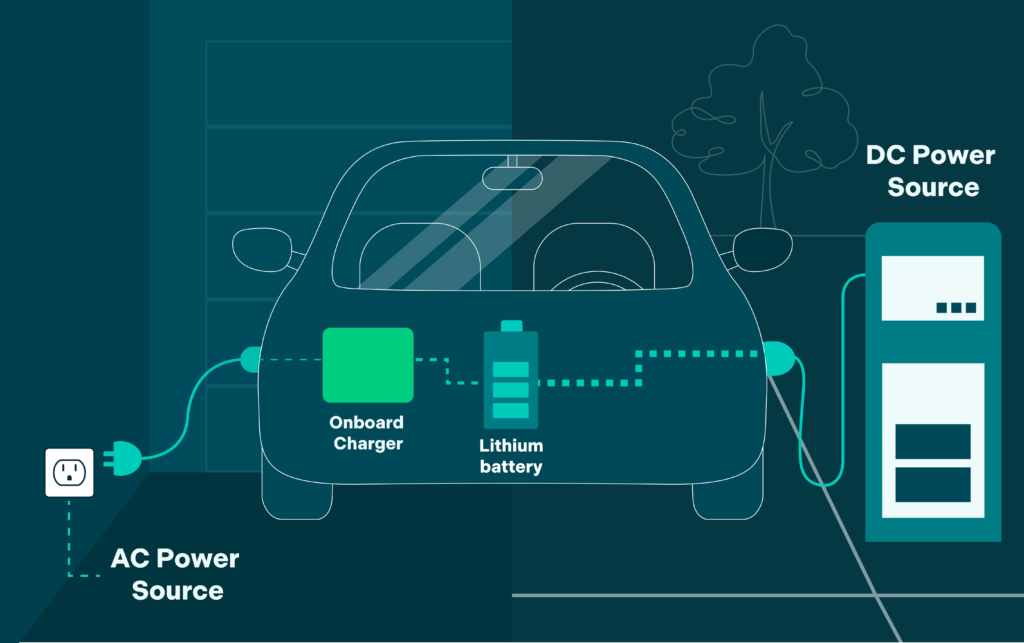
For example, if your EV’s on-board charger is rated for 7.7kw, and you hook it up to a charger that outputs 11.5kw, it will still only charge at 7.7kw. On the other hand, if your EV’s on-board charger is rated for 11.5kw, and you plug it into an EV charger that is rated for 7.7kw, you will still only charge at 7.7kw.
So, ideally, you want to use an EV charger that is able to deliver as much power as your EV’s on-board charger can receive – or more.
Read More: How to choose the right EV charger
Level 3 EV Charging Curve
While level 3 chargers are fast, they don’t deliver power consistently. Most EVs will only reach maximum charging speeds when the battery is around 10-20% full. Then charging times will slow down until the battery reaches 80 or 90%, at which point, many electric cars will stop charging to preserve battery life.
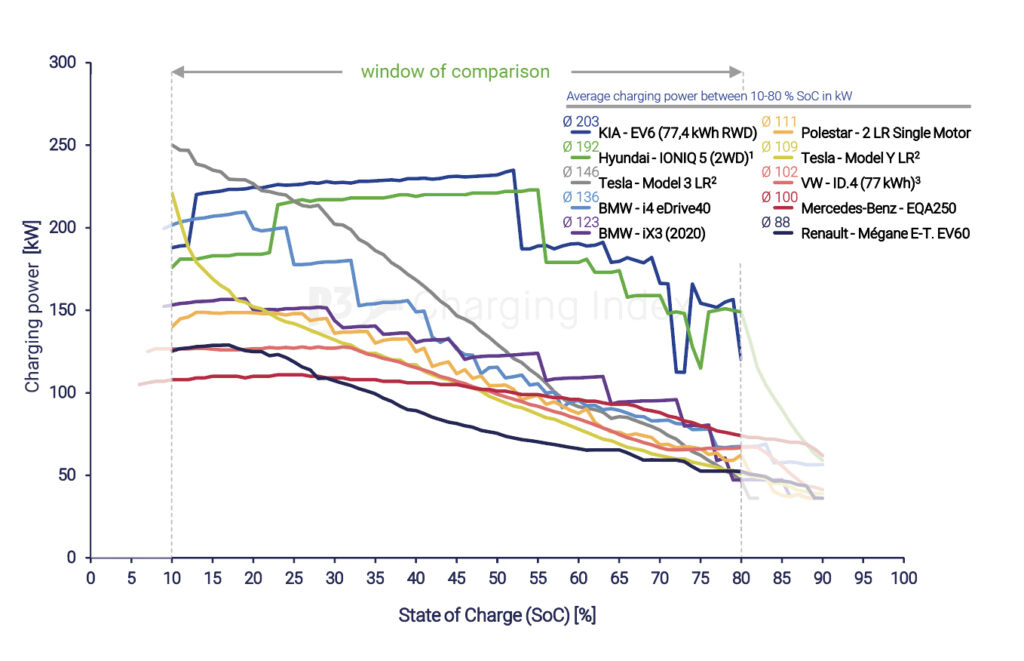
When you plug an electric car into a DC fast charger, it takes a while for the EV to communicate the optimal charging speed. Once the charger knows how much power it should deliver, it can only reach maximum charging speeds for a short period.
The most efficient electric cars on the market now can only maintain near-maximum charging speeds until the battery is around half full, but most EVs will slow down to 100kw or less when the battery reaches 50% capacity. This means two electric cars can have the same maximum charging rate, but the actual time it takes to charge them can be totally different.
For example, the KIA EV6 and Tesla Model Y (LR) both have a maximum charging rate of around 250kW, but the KIA can charge from 10-80% in under 20 minutes, while the Tesla can take over 30 minutes.
Read More: How long does it take to charge an electric car?
To give you a better idea of how long it will take to charge an EV, here are the top-selling EVs from 2023, according to Kelly Blue Book:
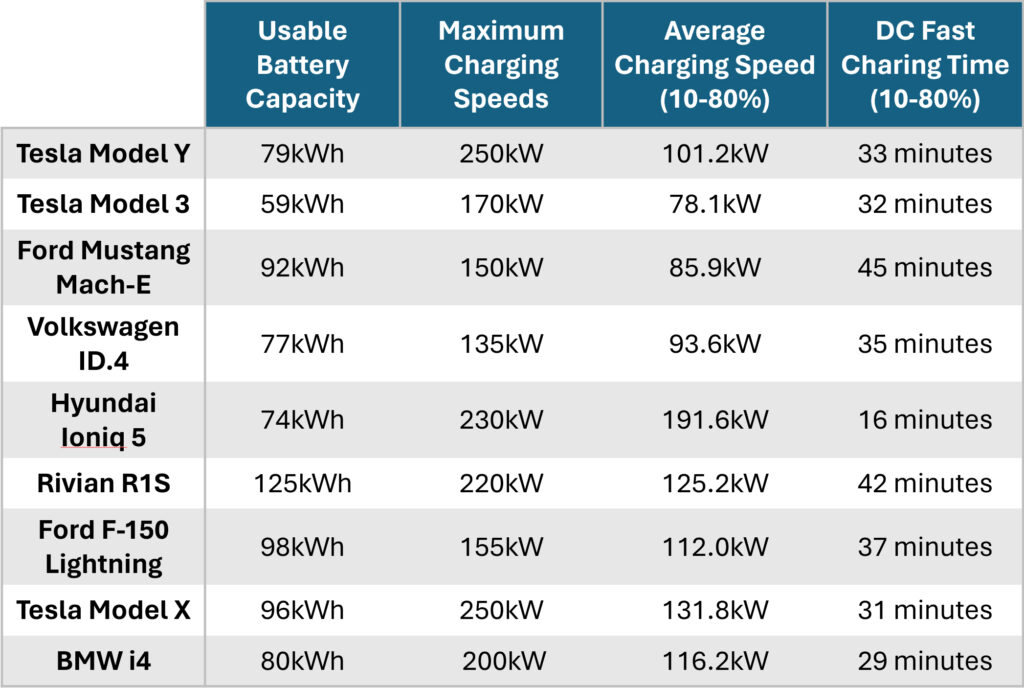
Transmission Loss
When charging your EV, around 15% of the power will be lost. Some power is lost due to the heat emanating from your charger, the cable, the on-board charger, and the battery. Plus, your battery will use some power to keep itself warm and to control other operations in the background.
In fact, a study from the Institute of Electrical and Electronics Engineers (IEEE) shows that level 1 chargers are only around 84% efficient, while level 2 chargers are closer to 90% efficient. Basically, the faster you charge, the less power will be lost in the process.
Read More: Level 1 vs level 2 EV chargers
How Weather Affects EV Charging
Charging your EV in cold temperatures can increase wait times significantly. In fact, studies show that EV batteries charge 36% slower when it’s 32 degrees compared to 77 degrees. So, if you live in a cold area, it’s a good idea to get a fast EV charger to combat any power that will be lost trying to keep your batteries warm.
If you need any help installing your EV charger, HelloTech can send an electrician to your door to give you a free quote. We can provide an in-home quote in as little as 15-30 minutes, and our technicians can schedule your installation within a week or two of the estimate.
